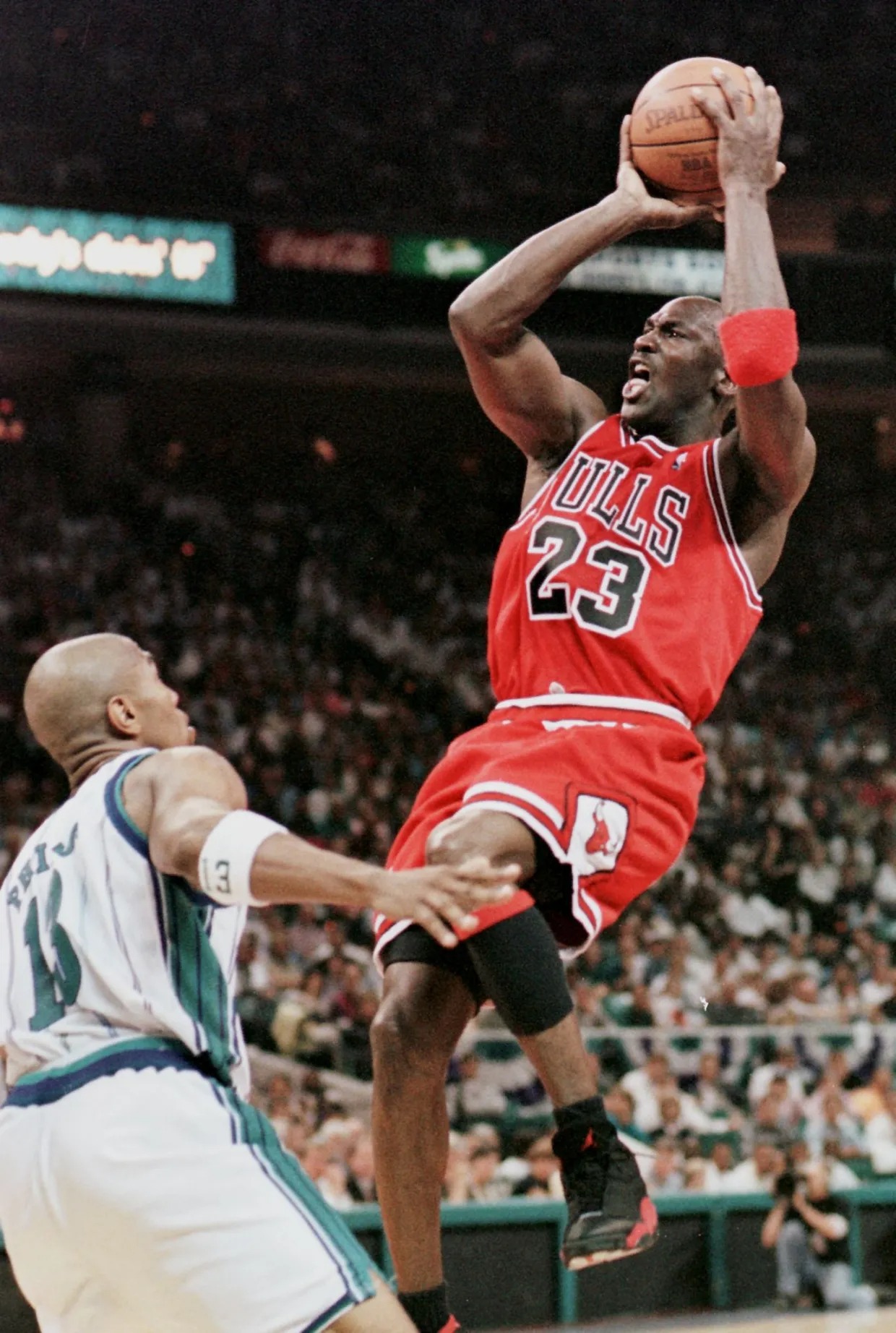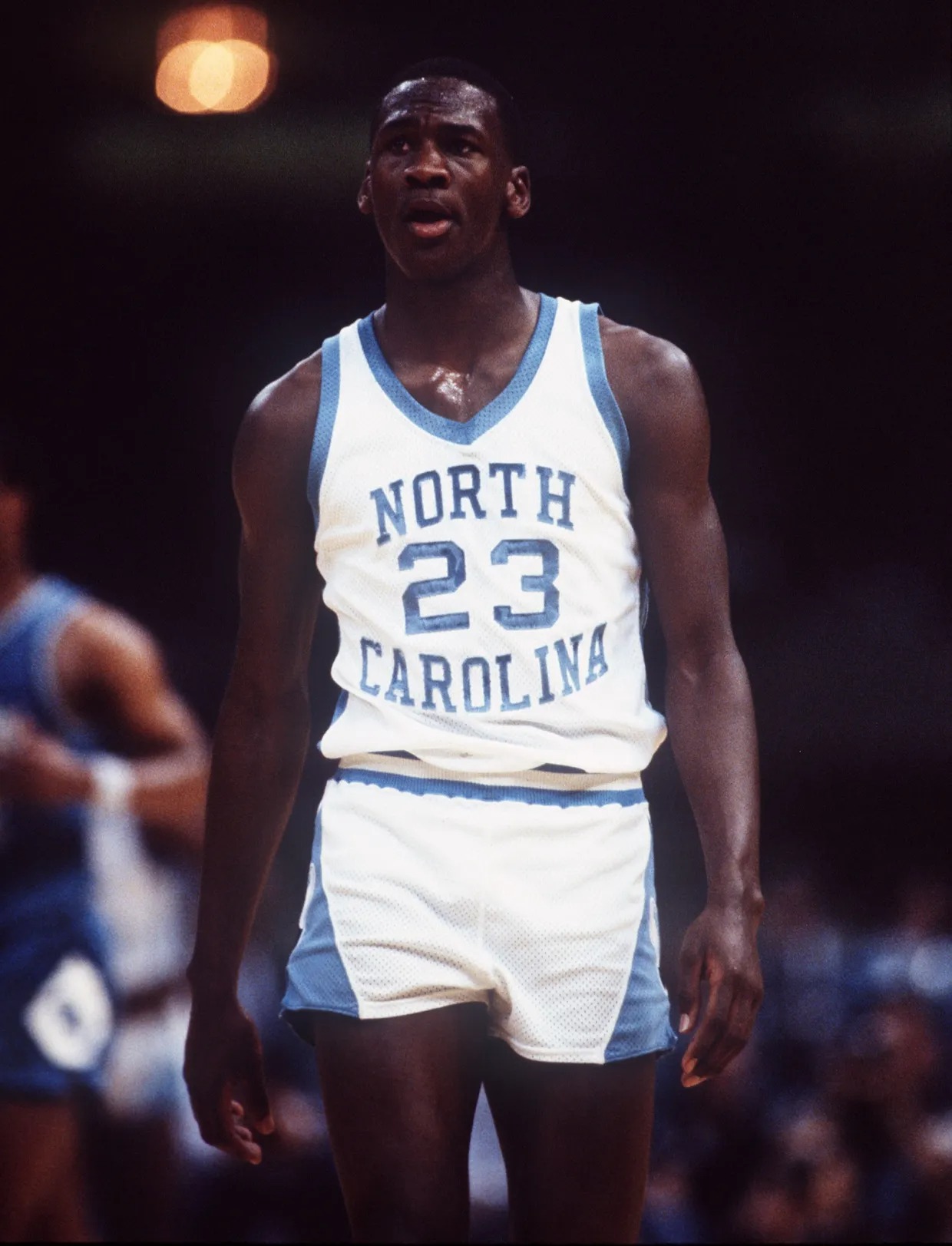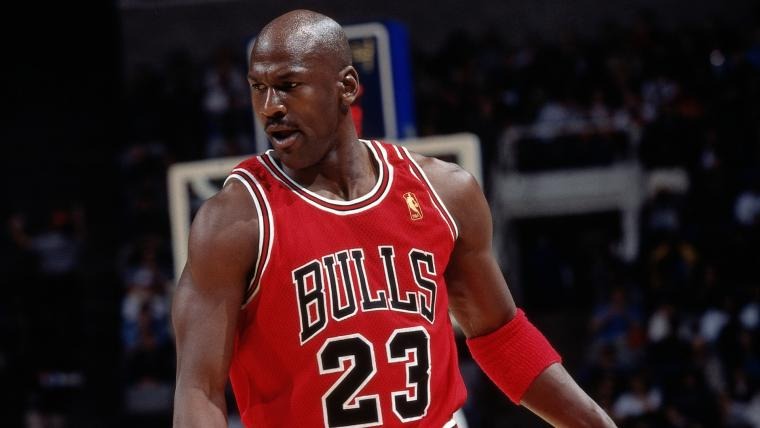It was the shot heard round the world and it is still affecting baskeball more than 40 years later.
In 1982, Michael Jordan wasn’t Air Jordan, Mike, The GOAT or a six-time NBA champion.
Jordan was just Jordan, a freshman guard playing for Dean Smith at North Carolina, and watching James Worthy command the spotlight for the Tar Heels.
“He has talent. He’s a very quick learner,” Smith said of Jordan in 1981, according to the NCAA. “He’s a bright student, which passes on to the court, and a remarkable young man who has fit in extremely well.”

For Jordan, simply reaching the NCAA Tournament was an accomplishment.
“I never thought I’d be able to play at a Division I school,” Jordan said. “Nobody from my high school ever had before. It really shocked me when North Carolina started recruiting me. I never thought that could happen.”
Jordan spent two more years playing for UNC before declaring for the NBA Draft in 1984.
But he hit a shot in the 1982 NCAA Tournament — before March Madness was a nationally used term — that changed his career and altered the course of basketball.
“To tell the truth, I didn’t see it go in,” Jordan said. “I didn’t want to look.”

North Carolina was an old-school powerhouse during the 1981-82 season, going 32-2 while winning the ACC regular season championship and capturing the conference tournament crown.
With Worthy — a future NBA star with the Los Angeles Lakers and Hall of Famer — leading the way, the Tar Heels knocked off James Madison, Alabama, Villanova and Houston on the way to the NCAA Championship on March 29, 1982 at the Superdome in New Orleans.
On the opposite end of the hardwood, an imposing Georgetown team coached by John Thompson and powered by future New York Knicks big man Patrick Ewing.
The Hoyas led 32-31 at halftime, then moved within 1 minute of winning it all.
As Ewing poured in 23 points on 10-of-15 shooting and grabbed 11 rebounds, Georgetown carried a 62-61 lead with 50 seconds remaining after Sleepy Floyd bounced in a jump shot in the lane.
“As we expected, it’s going right down to the wire,” an announcer said.
Georgetown went into a 1-3-1 zone defense, placing the 7-foot Ewing in the middle and attempting to force a low-percentage shot attempt.
Smith and North Carolina responded with a timeout with 32 seconds to go.
After the inbounds pass, the ball was moved to the right side of the court, then became clogged near the top of the paint.
Ten seconds evaporated as Georgetown moved closer toward a championship.

Jordan patiently waited along the left wing, unguarded and left alone.
Worthy flashed in the center of the paint, serving as a decoy.
The ball was quickly passed to a waiting Jordan, who set himself for a jump shot with 18 seconds left.
As three Georgetown defenders converged, Jordan lifted off the court and swished a basket that turned the Wilmington, N.C., high school product into a household name.
Following an errant Floyd pass to Worthy for a critical Tar Heels steal, North Carolina downed Georgetown 63-62 to win the 1982 NCAA title, in a game that featured seven future NBA players.
“After my freshman year, when we won it, I figured that was the way it was supposed to be,” Jordan said. “Everyone else was going crazy and I was just acting normal. I didn’t know any better.
“I didn’t know the impact of it, what we’d done, or how special it was. I was a little boy in a man’s body.”

He declared for the NBA Draft two years later, won Rookie of the Year, and then battled through a broken foot in 1985-86 to eventually become Air Jordan.
His super-smooth, tournament-winning shot in the 1982 NCAA Championship was the first glimpse of the basketball player who was about to take over the world.
“I couldn’t be Michael Jordan any more,” he said. “I was always Michael Jordan who made the winning shot against Georgetown. I didn’t want to be remembered only for that.
“I wanted to be recognized as a complete player. I don’t want people to think of me as a guy who comes through in the last minute. I want them to know that I’m there the entire game.”